
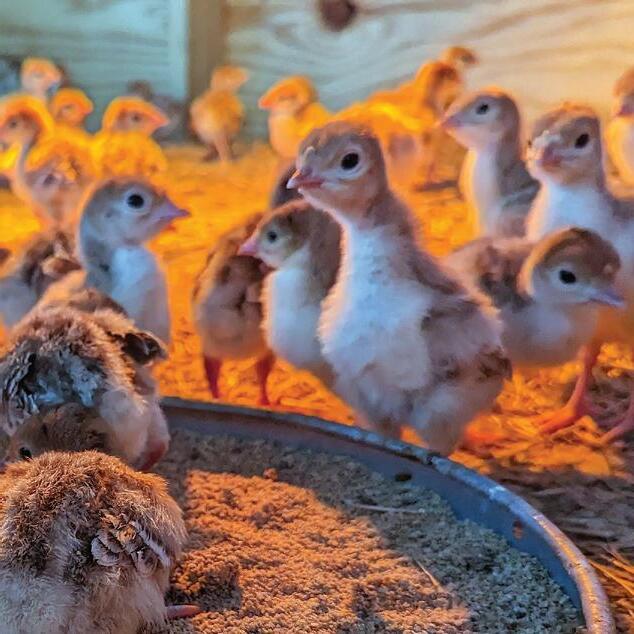

CONTENTS Introduction ...................................... 6 Chapter 1: About The Farm ........... 12 Chapter 2: How We Farm ............... 20 Chapter 3: The Crops 30 Chapter 4: The Orchard 96 Chapter 5: The Livestock 106 Chapter 6: The Refuge 118 About The Farm’s Founders 125 Photo Credits 127

1
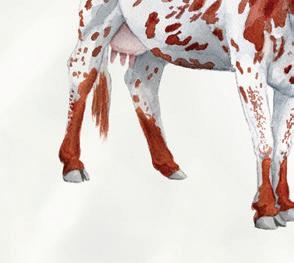





The Farm

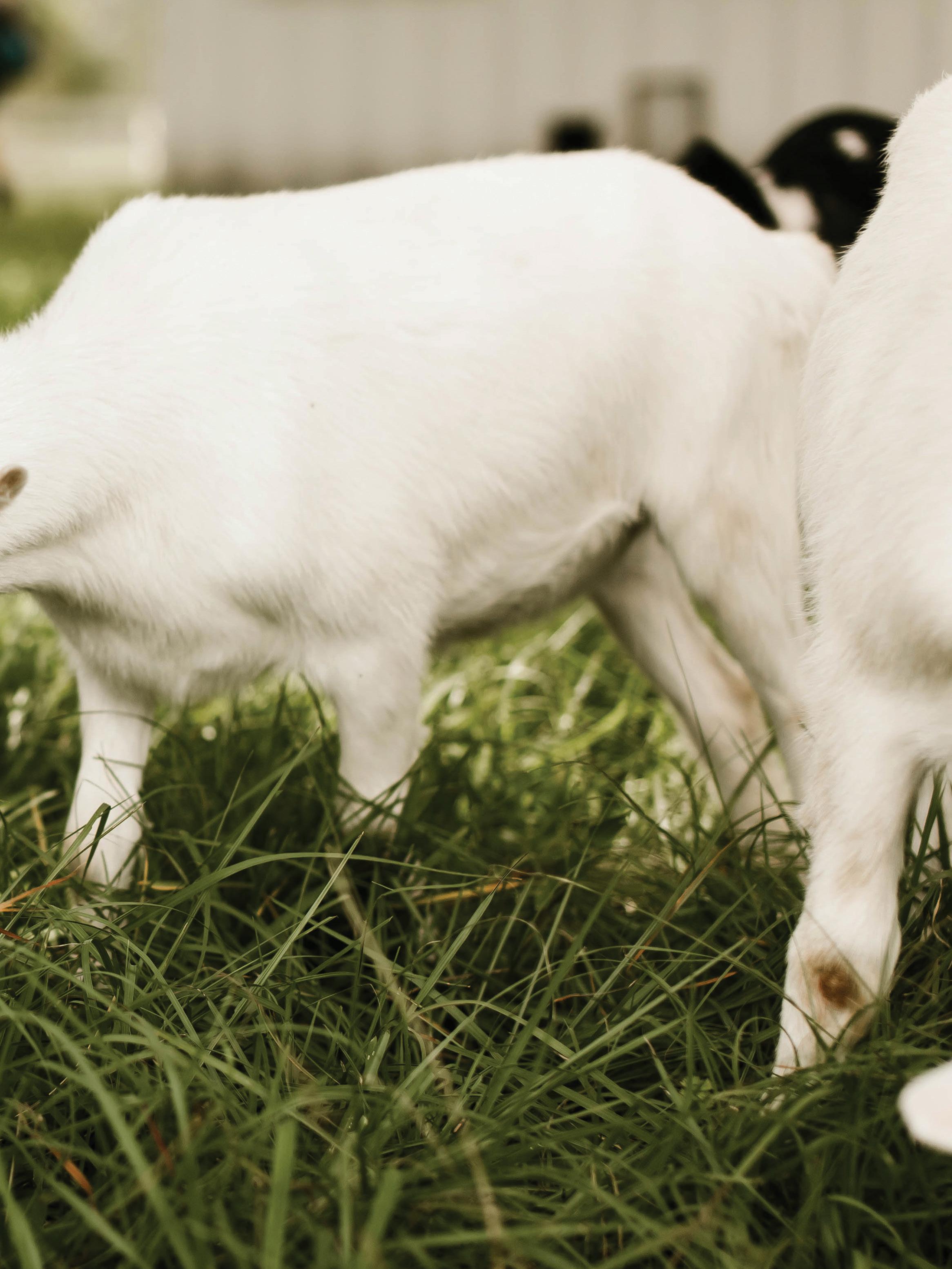
Piney Woods (top left)
• 2,500 square feet
• Primary suite, two full guest suites, and two additional guest rooms (as shown)
• Large den, modern kitchen, and dining area
• Opportunity for a double-sided fireplace, hearth, built-ins, and entertainment center
• Myriad options such as combining guest rooms into a second primary suite
The Brahma (top right)
• 1,800 square feet
• Primary suite with dual closets, garden tub, shower, and enclosed toilet
• Full guest suite plus third guest room
• Large den, modern kitchen, and dining area
• Interior and exterior fireplaces available
• Option to combine two guest rooms for a second primary suite




The Mule (left)
• 1,200 square feet

• Primary suite with walk-in closet, garden tub, and shower
• Two guest rooms with access to full bath
• Large den, modern kitchen, and dining area
• Interior and exterior fireplaces available
18 THE FARM AT OKEFENOKEE
inviting, and casual feel. The large porches welcome visitors and provide the perfect perch for viewing animals, agricultural activities, and natural landscapes. For construction, we use sustainably sourced local cypress, which can be seen inside and out. The cypress, along with the Galvalume metal roof, creates a superior thermal barrier while the community roads,
walkways, and lots embody the most sustainable levels of design and construction possible. When all these elements are combined (plan, infrastructure, and construction), these cabins boast one of the lightest environmental footprints available.


To maintain the integrity of The Farm’s character, we have developed three customizable
interior fl oor plans. Each prizes effi ciency in terms of environmental and fi nancial sustainability while maintaining a luxurious openness and feel. Each fl oor plan can be confi gured in many ways to provide the perfect scenario for all types of living and entertaining (see plans on previous page).

19 THE FARM
Wouldn’t it be a joy to walk up the steps to this inviting cabin, enter into a space built with you in mind? And imagine your sense of contentment as you relax on the large porch during those amazing Georgia evenings.
Once depleted by the intensive needs of Georgia pines, the land at The Farm at Okefenokee now enjoys sustainable remediation. Each seed and plant is placed with intention, whether a cover crop or a food plant. They work together to nourish residents, livestock, wildlife, and the soil biome. Healthier, organic growing conditions result in healthier fruits and vegetables.
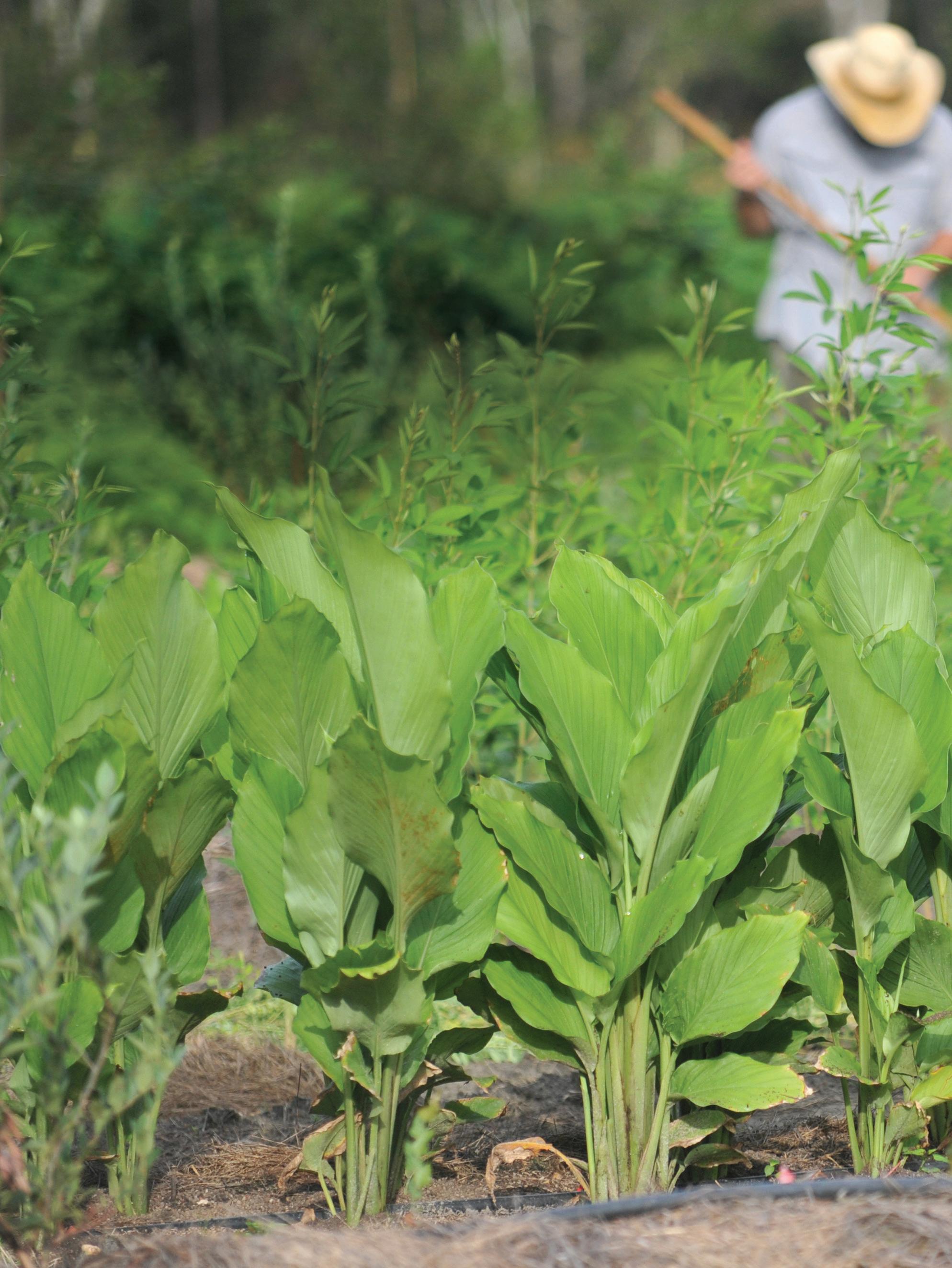
3



The Crops


FLOWERS
WITH MORE THAN 15 CULTIVARS at The Farm, flowers are an important part of our regenerative farming. They’re more than pretty; flowers draw pollinators and birds, providing nutrients for bees, butterflies, and hummingbirds, along with a variety of beneficial insects. Flowers help improve the soil, in similar fashion to cover crops, stabilizing the soil with their root systems as they help conserve water and prevent erosion.
As with other plants, flowers provide an exchange of carbon dioxide with oxygen, making the air cleaner and more breathable. For home owners, gardening is an inexpensive and fun hobby, and the results increase the curb appeal of a home. Don’t forget the health benefits of gardening; playing in the garden is a great workout, a way to boost immunity, and an excellent way of improving cognitive and emotional health. Working in the garden for even a few minutes is the perfect way to dispel the day’s stressors.

Bouquets of fresh flowers offer a splash of gorgeous colors and the wafting aromas tease our senses. Fresh flowers and tiny seedlings or grown plants make wonderful gifts for every occasion, and the receiver will remember the giver for years to come.
At The Farm, we love gardening with marigolds, roses, zinnias, and more!
36 THE FARM AT OKEFENOKEE
Flowers brighten any place and any time, and it’s especially meaningful if they’re locally grown.

37
The Farm is home to a variety of trees. Our orchard produces elderberries, pears, figs, mayhaws, olives, pecans, and even bananas and oranges! Residents and visitors delight in the fruit, and the trees are part of our efforts to sequester carbon, experimenting with varieties that are best suited for the climate and regenerative agriculture.

4




The Orchard

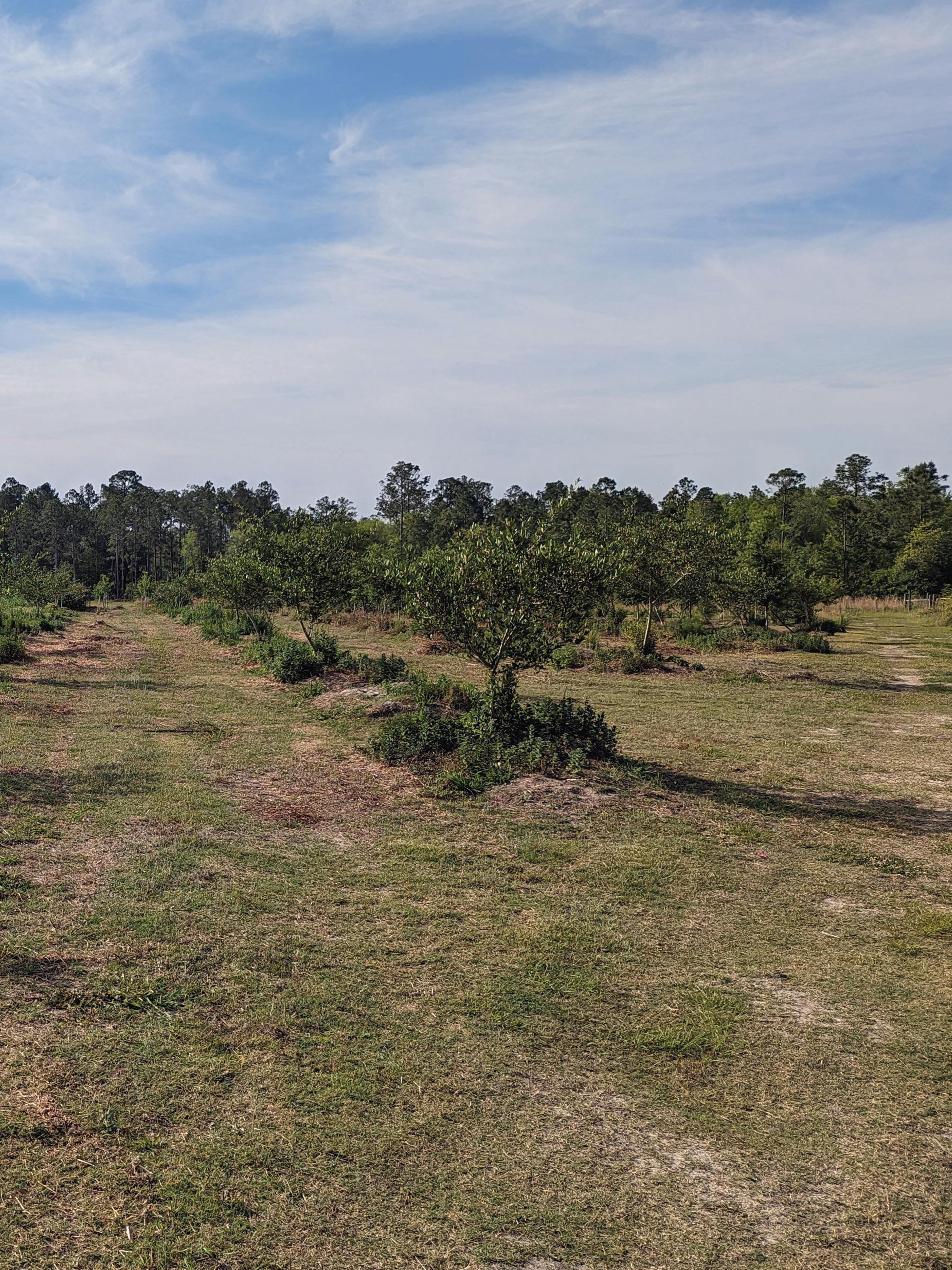
Elderberry
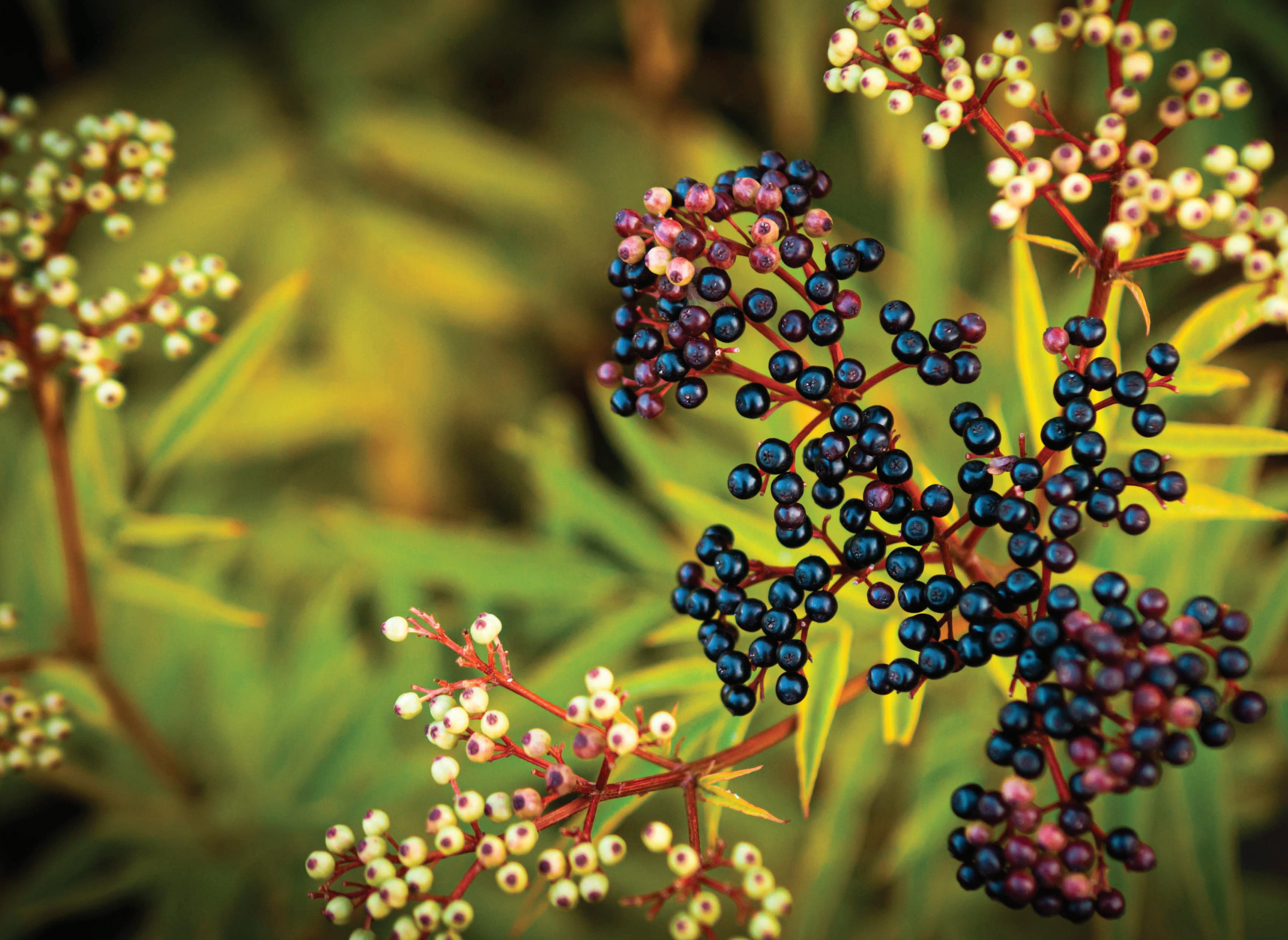
Elderberry trees (Sambucus nigra) are deciduous shrubs or small trees that produce clusters of small berries. They can grow up to 20 feet tall, but are usually pruned to a smaller size for ease of harvest. The canopy of the elderberry tree can spread up to 12 to 15 feet wide. They are adaptable to a wide range of climates, and are hardy in USDA Zones 3 to 9. They prefer moist, well-drained soil and full sun to partial shade. Their dark purple-black berries are rich
in antioxidants and vitamins; the fruit are typically harvested in late summer to early fall. Each tree can produce a heavy yield of fruit each year. Elderberry trees are self-fertile, and require regular watering and fertilization. They are susceptible to pests such as aphids and diseases such as powdery mildew, which can be controlled with proper management practices and fungicides. They require regular pruning to remove dead or damaged wood and promote healthy growth, and they can be grown as a multi-stemmed shrub
or pruned to form a small tree. Elderberry trees are often used for their edible fruit, though they are also grown for their attractive foliage and flowers.
Figs
Figs (Ficus carica) are an ancient, deciduous Mediterranean cultivar modernized to thrive in a variety of climates. While usually referred to as a fruit, figs are actually inverted flowers (infructescence). Modern figs are self-pollinating without agitation, but older (native and cultivated)
100 THE FARM AT OKEFENOKEE
varieties are pollinated by female fig wasps that burrow into unripe male figs to lay eggs. After hatching, male wasps chew a tunnel and pass away from exertion while the recently hatched female wasps make their exit in search of an immature male fig to repeat the cycle.


Brown Turkey Fig (Ficus carica ‘Brown Turkey’) produces prolifically on large trees with architecturally pleasing sprawling branches. The figs have russet skin and sweet amber flesh. Generating two crops, one in early summer (breba) and a main harvest
in September, ‘Brown Turkey’ produces medium-sized figs that contain fine-grained flesh that’s delicious fresh, dried, or made into a complex, caramelreminiscent jam with just the right amount of sweetness.
Turkey fig trees (Ficus carica) are fruit bearing and are well-suited to warmer climates. They typically grow 15 to 30 feet tall, although they can be kept smaller with regular pruning, and their canopy can spread up to 20 to 30 feet wide. They are adapted to grow in USDA Zones 7 to 10, which have mild to warm winters
and hot summers. The trees prefer well-drained soil and full sun to partial shade. Turkey fig trees produce medium to large, brownish-purple fruit with a sweet, juicy flavor; the fruit is typically harvested in late summer to early fall, and each tree can produce a heavy yield of fruit each year. Turkey fig trees are self-fertile, meaning they do not require another tree for pollination, though they do require regular watering and will benefit from annual fertilization. They are susceptible to diseases such as fig rust and fig mosaic virus, and they may require treatment with
101 THE ORCHARD
LEFT: The elderberry tree produces a purple-black berry high in antioxidants and vitamins.
RIGHT: Fig tree with colorful fruits in various stages of ripening.






































